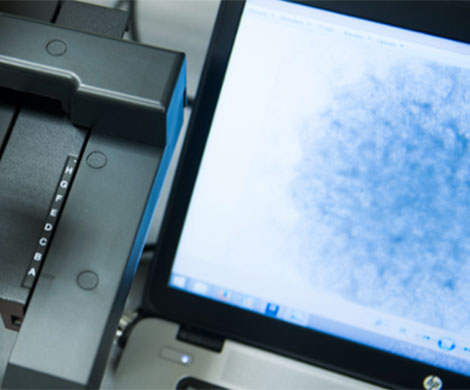ENGINEERINGNET.BE – After an infection, T cells in our body multiply like mad. Much of this scours the body and kills cells that are infected. When the pathogen is cleared, most of the T cells die, but a small group of memory T cells remain. They provide long-term immunity.
Researchers from the Leiden University Medical Center and the Netherlands Cancer Institute wanted to get to know this group of memory cells better. This is to settle a fundamental discussion about the questions: ‘Does the group of memory cells consist of cells that have already divided many times and then undergone a rejuvenation course? Or are they cells that have always remained young, have divided little, and have therefore been able to survive?’
To find out, researchers Kaspar Bresser and Lianne Kok developed a tool to measure how often T cells have divided. They knew: with every cell division, errors can arise in the DNA.
They could use those errors as tell-tale signs to measure the number of divisions. They therefore introduced an artificial piece of DNA into the T cell that is very sensitive to errors. As soon as an error occurs in this piece of DNA, the cell, and all its descendants, will turn red. ‘The greater the proportion of red cells in a population, the more that group of cells has divided,’ says Bresser.
Called DivisionRecorder, this error indicator is the first of its kind and can track hundreds of cell divisions, instead of the five to eight divisions conventional methods can measure.
The researchers injected the T cells with the tell-tale into the blood of mice and followed closely what happened for two months. To their surprise, they saw that the memory cells were not one homogeneous group.
Bresser: ‘We saw a group of memory cells with a large percentage of red cells, which had therefore already shared many times. These cells looked a lot like the T cells that kill infected cells, and probably have done so before. †
‘We also discovered a group of young T cells that kept themselves quiescent during the first infection and behave like stem cells.’ With this they brought a solution to the old discussion about the nature of memory cells: it is not either-or, but both are correct.
The researchers also saw that after a second infection with the same pathogen, especially these young memory T cells start to divide like crazy and fight the infection. Bresser: ‘This is the first evidence that memory T cells that have only shared little are crucial in reinfection.’
According to the researchers, the study underlines the importance of the young memory T cells that they have identified as the cells that you want to induce through vaccination.
‘The young memory T cells are very fit and powerful during reinfection. By better understanding how these cells look and work, we may be able to improve vaccinations and, for example, better determine when a booster vaccination can be given,’ says co-researcher Ferenc Scheeren.
–


